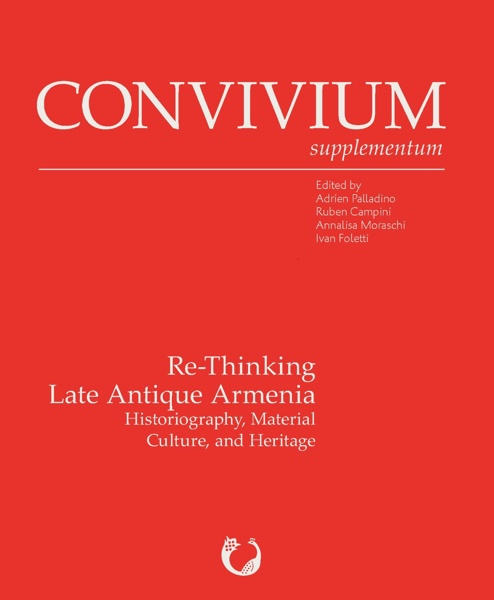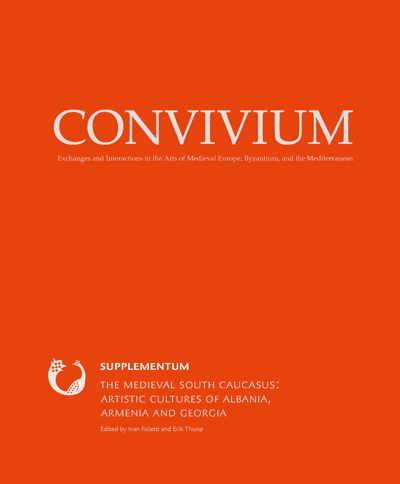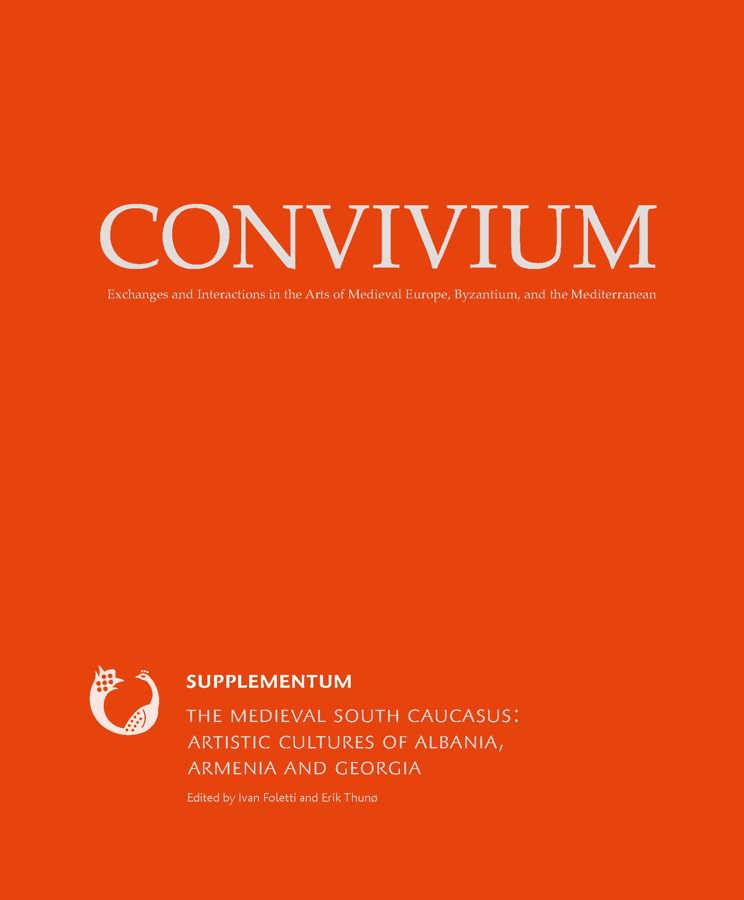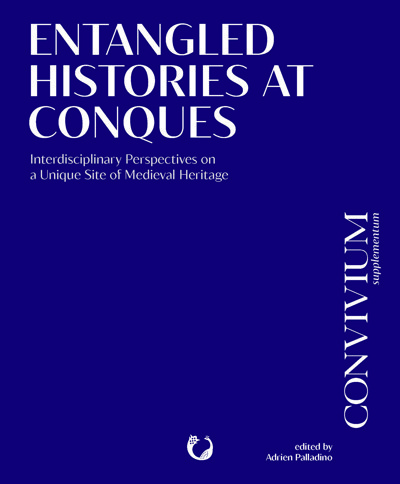
The Medieval South Caucasus. Artistic Cultures of Albania, Armenia and Georgia
Ivan Foletti, Erik Thuno (eds)
- Pages: 227 p.
- Size:210 x 270 mm
- Illustrations:143 col.
- Language(s):English
- Publication Year:2016
- € 75,00 EXCL. VAT RETAIL PRICE
- ISBN: 978-80-210-8322-6
- Paperback
- Available
- € 75,00 EXCL. VAT RETAIL PRICE
- ISBN: 978-80-280-0026-4
- E-book
- Available
“The book therefore assures the possibility to throw an open-minded glance on several aspects of the artistic production of Armenia, Georgia and Caucasian Albania, avoiding any risk of compartmentalization, either of political or of scientific nature. A wide and careful analysis of the available sources has been done throughout the whole of the contributions contained in the volume. The presence of young researchers together with reputed scholars provides a richer spectrum of methodological and historiographical approaches. This seminal work should therefore be seen as a significant further step towards the ambitious goal to draw the attention of a learned and academic audiences on a definitely renewed approach to the arts of medieval Caucasus.” (Alessandro Taddei, in Eurasian Studies, 14, 2016, p. 235)
The volume serves as an introduction to what its editors have chosen to call the “artistic cultures” prevalent during the Middle Ages in the region of the South Caucasus. Although far from comprehensive in terms of material, chronology and geography, the volume intends to raise awareness of a region whose artistic wealth and cultural diversity has remained relatively unknown to most medievalists. Stretching from Eastern Anatolia and the Black Sea in the West to the Caspian Sea in the East, and from the snow-capped Great Caucasus mountain range in the north to the Armenian highlands in the south, medieval southern Caucasia was originally divided into the kingdom of Caucasian Albania, Greater and Lesser Armenia, and western and eastern Georgia, that is, the kingdoms of Lazica (Egrisi) and Iberia (Kartli) respectively. Together, these entities made the South Caucasus a true frontier region between Europe and Asia and a place of transcultural exchange. Its official Christianization began as early as in the fourth century, even before Constantine the Great founded Constantinople or had himself been converted to Christianity. During the subsequent centuries, the region became a well-connected and strategic buffer zone for its neighboring and occupant Byzantine, Persian, Islamic, Seljuk and Mongol powers. And although subject to constantly shifting borders, the medieval kingdoms of the South Caucasus remained an internally diverse yet shared and distinct geographical and historical unity. Far from being isolated, these cultures were part of a much wider medieval universe. Because of the transcultural nature and elevated artistic quality of their objects and monuments, they have much to offer the field of art history, which has recently been challenged to think more globally in terms of transculturation, movement and appropriation among medieval cultures.
introduction
Ivan Foletti, Erik Thunø
The Artistic Cultures of the Medieval South Caucasus. Historiography, Myths and Objects
Articles
Ivan Foletti
The Russian View of a “Peripheral” Region. Nikodim P. Kondakov and the Southern Caucasus
Francesco Lovino
Southern Caucasus in Perspective. The Scholarly Debate through the Pages of Seminarium Kondakovianum and Skythika (1927–1938)
Patricia Blessing
Medieval Monuments from Empire to Nation-State: Beyond Armenian and Islamic Architecture in the South Caucasus (1180–1300)
Christina Maranci
The Monument and the World: Zuart’noc’ and the Problem of Origins
Antony Eastmond
Greeks Bearing Gifts: Byzantine Enamels and Diplomacy between Byzantium and Georgia
Marina Bulia and Mzia Janjalia
Medieval Art and Modern Approaches: A New Look at the Akhtala Paintings
Sipana Tchakerian
Toward a Detailed Typology: Four-Sided Stelae in Early Christian South Caucasus
Erik Thunø
Cross-Cultural Dressing: the Medieval South Caucasus and Art History
Annegret Plontke-Lüning
Early Christian Churches in Caucasian Albania
Lynn Jones
Relics, Woodworking and the Skins of Reptiles: the Material Culture of Caucasian Albania
Marina Kevkhishvili
Svanetien – das letzte Mittelalter Europas
Michele Bacci
Echoes of Golgotha. On the Iconization of Monumental Crosses in Medieval Svanet’i




